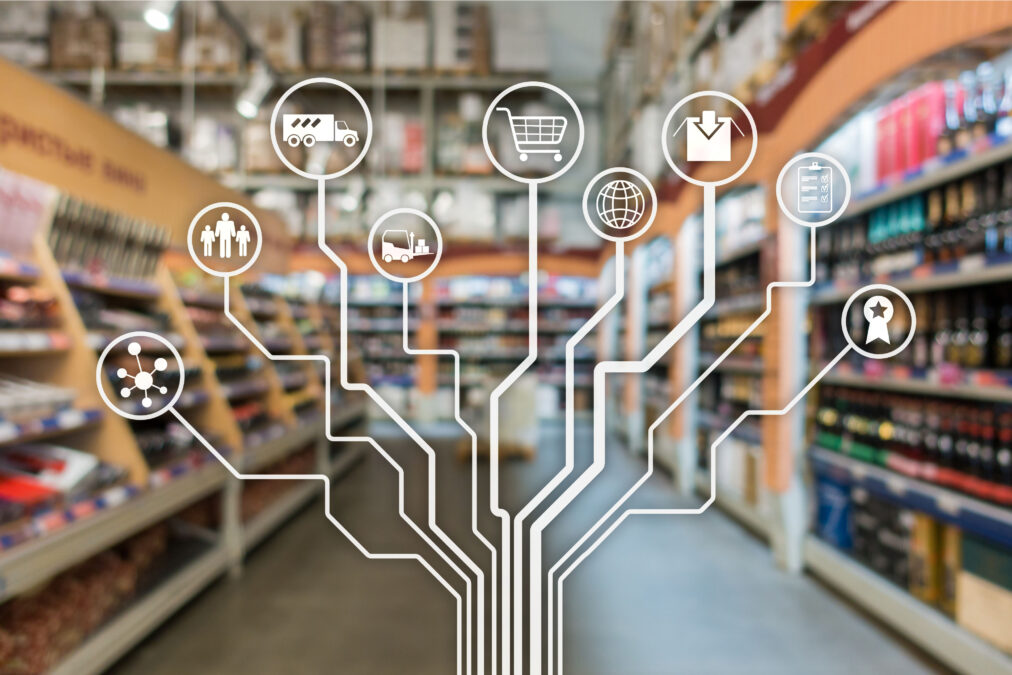Retailing is all about instant gratification. If customers can’t find what they want, chances are they will look elsewhere. Increasingly, mobile technology is helping early adopters improve customer satisfaction and loyalty.
Take the cut-throat DIY wholesale market. At one of the sector’s leading chains, B&Q, improving customer satisfaction is the logic behind the ‘service squads’ that roam the huge stores, answering queries from visitors. With each warehouse carrying up to 40,000 lines of stock, and a finite number of PCs on the shop floors, the service squads found they had a big job on their hands.
So B&Q has embraced wireless technology. It has equipped service squads in several of its stores with handheld computers from Symbol, connected to the corporate network over a wireless local area network (LAN). The project has gone well, says Nick Adnitt, senior business analyst at B&Q, and the company plans to extend it to more outlets.
One of the most powerful applications, according to Adnitt, is what he terms a “ready reckoner”. Often customers come to a store with dimensions for a project, or even a rough sketch. But they might have only a vague idea of the exact quantity of paint, paper or other materials they need to complete a project. “Our adviser scans the barcode from the customer’s product into the device and then, using a browser-based application, calculates how much they need and the total price,” he says. “The system maintains that information, so they can scan different products and recalculate the costs.”
If different products come in different lengths or sizes, the system automatically adjusts the number of rolls or tins needed. Staff also carry portable printers so they can make up a bill of materials for the customer. So far, customer satisfaction is the main benefit, Adnitt says. But the project might also help drive sales. Staff can view a list of other items a customer might need for a project, such as paste or brushes. And they can access the stock database on the fly, so if a customer is unable to find what they need, for example, the staff can help track it down, or advise when more stock is due in.
Waitrose is another major retailer that regards wireless technology as a means of greatly improving its many customers’ shopping experiences. The food store is using a wireless LAN to run personal scanning systems in its shops; these let customers scan goods as they put them in their trolleys, add up their spending and avoid the need to unpack and then repack goods when they reach the till.
Older personal scanning systems used wired links between a scanning rack and a computer. Wireless networks are far more flexible. Mike Buckle, electronic point of sales (EPOS) development manager, says that wireless scanners cope better with more complex store layouts and are easier to install in smaller shops. Cabling costs alone made some stores unsuitable for personal scanning, but a wireless network removed the problem, he says.
Waitrose is also able to use its wireless LAN for other tasks, such as installing temporary conventional tills. “We don’t need to run 100 metres of cabling across the ceiling, or dig up the floor to put in ducts. From our point of view, the sheer flexibility of store design it delivers is by far the biggest benefit,” he says.









